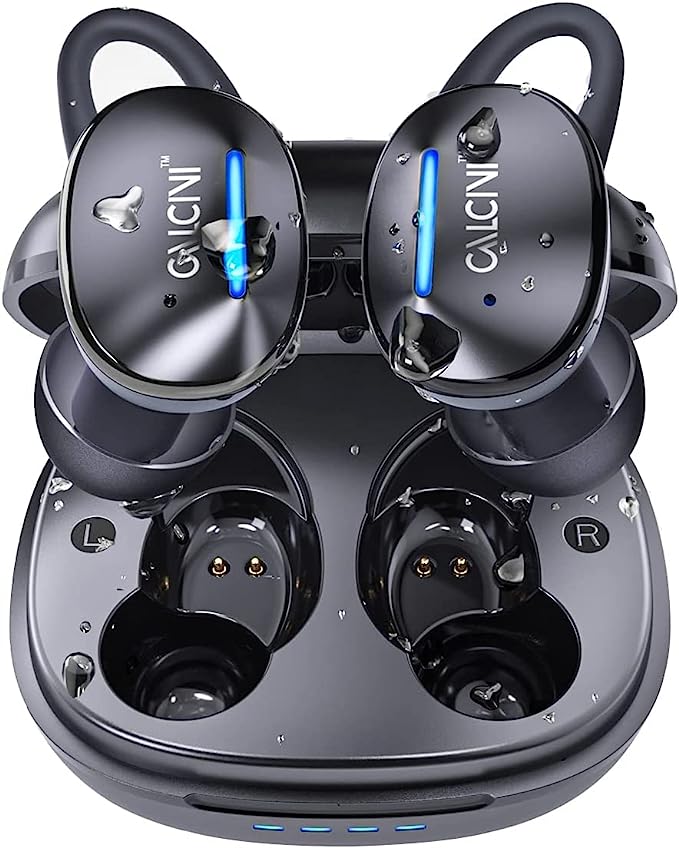Visualizing the Ether: How SDR Architecture Democratizes HF Communication
Update on Nov. 19, 2025, 11:34 a.m.
For decades, the realm of High Frequency (HF) radio was a “black box” experience. Operators would spin a dial, listening to static, hoping to stumble upon a voice in the dark. The physics of the ionosphere—the chaotic layers of the atmosphere that bounce radio waves around the globe—remained an auditory mystery, invisible to the eye.
The advent of Software Defined Radio (SDR) architecture has fundamentally altered this interaction. It has transformed the radio from a passive listening device into an active analytical instrument. By digitizing the radio frequency (RF) spectrum, modern transceivers like the Xiegu G90 allow operators to see the invisible rivers of electromagnetic energy before they even hear them. This shift is not merely aesthetic; it is a leap in engineering that democratizes access to complex communication physics.
The Digital Eye: Deconstructing SDR Architecture
In a traditional analog superheterodyne radio, hardware components (mixers, filters, amplifiers) process the signal. These are fixed, physical pathways. If you want a narrower filter to cut out noise, you often need to solder in a new crystal filter.
SDR architecture moves these functions into code. The radio samples the incoming analog RF signal and converts it into a stream of digital data. Once digitized, a processor handles the heavy lifting using Digital Signal Processing (DSP).
The most striking manifestation of this data processing is the Waterfall Display. The screen on devices like the G90 is not just a fancy graphic; it is a real-time graph of a mathematical function known as the Fast Fourier Transform (FFT). The FFT breaks down the complex incoming signal into its constituent frequencies. * The Spectrum Scope (Top): Shows signal strength (amplitude) across a bandwidth (e.g., ±24kHz). * The Waterfall (Bottom): Adds the dimension of time. Colors represent signal intensity, flowing downwards.
This visualization changes the tactical approach to communication. Instead of hunting blindly, an operator can identify open frequencies, spot weak signals that are barely audible above the noise floor, and visually distinguish between different modes (like the rhythmic pulse of Morse code vs. the fuzzy bar of a voice signal).

The Physics of the “Perfect” Match: Impedance and SWR
One of the most significant barriers to entry in HF radio is the antenna system. For a radio to transmit power efficiently, the impedance of the transmitter (typically 50 Ohms) must match the impedance of the antenna. When these are mismatched, energy is reflected back towards the radio, creating a Standing Wave Ratio (SWR) greater than 1:1. High SWR not only wastes power but can damage the transmitter’s final amplifier transistors due to excessive heat.
In the field, carrying a perfectly resonant antenna for every frequency is impractical. This is where the Automatic Antenna Tuner (ATU) becomes critical.
The ATU inside the G90 acts as an impedance transformer. It uses a network of capacitors and inductors, switched in and out of the circuit by relays at high speed. Its job is to construct a “conjugate match”—essentially faking the impedance so that the transmitter sees a perfect 50-Ohm load, even if the actual wire antenna is far from resonant.
This engineering capability allows for the use of “compromise antennas”—simple random wires thrown into trees—which is vital for rapid deployment in portable environments. It turns a physics problem (impedance mismatch) into a software-managed solution.

Thermal Dynamics and the 20-Watt Sweet Spot
Power output in portable radios is a trade-off between communication range, battery life, and thermal management. * QRP (Low Power, <5W): Highly portable but requires skill and patience to make contacts. * QRO (High Power, 100W+): Easy communication but requires heavy batteries and large heatsinks.
The 20-Watt output of the G90 represents an engineering “Goldilocks zone.” It provides significantly more punch than traditional 5W QRP radios—roughly one “S-unit” (6dB) gain—making voice contacts much more viable during marginal ionospheric conditions.
However, generating 20 Watts of RF energy produces heat. The efficiency of the amplifier class (likely Class AB for linearity) dictates that some energy is lost as waste heat. Effective thermal design is crucial. The chassis itself often acts as a heatsink, with fins designed to increase surface area for convection cooling. Understanding this duty cycle is important for operators; digital modes like FT8, which transmit a continuous carrier tone, generate more heat than the intermittent peaks of spoken voice (SSB), requiring careful thermal management.
The Future is Software
The trajectory of radio technology is clear: hardware is becoming the vessel for software. The flexibility of SDR means that features like noise reduction, notch filters (to remove interfering tones), and even demodulation modes can be refined or added via firmware updates.
The Xiegu G90 illustrates this transition. It packages advanced DSP capabilities—once the domain of massive desktop units—into a field-deployable format. It proves that reliable communication is no longer just about the size of the antenna or the power of the amplifier; it is about the intelligence of the processing. For the modern explorer of the electromagnetic spectrum, understanding these principles unlocks a deeper appreciation of every signal plucked from the air.





















